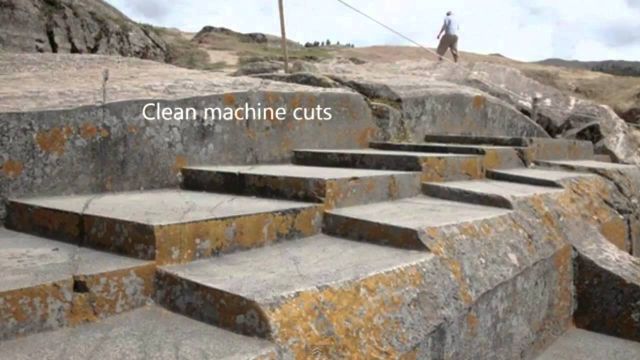| Online: | |
| Visits: | |
| Stories: |

| Story Views | |
| Now: | |
| Last Hour: | |
| Last 24 Hours: | |
| Total: | |
Ancient Technology – The Most Advanced Technology we know – Rediscovered in modern times
We know that people of the middle ages and earlier had the ability to coat materials with thin films of metal like gold and silver. In fact, their methods functioned even better than the ones we use today. We still haven’t caught up to the middle ages. But it gets better: the Iron Pillar is a column in the Qutb Complex of Delhi. It was built around A.D. 400 and enjoys thoroughly mocking archaeologists and metallurgists, because it’s 1,600 years old and it has not corroded yet. Compare that to your 1994 Ford Festiva and you might start to see what an accomplishment that truly is.
Studies of the Iron Pillar show that its composition is unusually high in phosphorous, which seems to have shielded the metal underneath from the ravages of nature. It basically nurtures a thin film of harmless rust that gets metallic Stockholm Syndrome and fights off deeper, more damaging rust. That’s not an accident: earlier iron works are lacking that phosphorous, while several later structures were forged in the same fashion.
That’s right: ancient Indians bought the undercoating, and it’s still paying off millennia later.
If you’re looking for evidence that time travel exists, you really can’t do better than Heron of Alexandria (“Hero,” if you’re nasty). We’ve mentioned before that he was responsible for the first steam engine, as well as automatic doors, and even a robot show back in the first century — but those weren’t even his most impressive feats. Researchers now credit him for the first goddamn programmable robot.
It might seem silly to call what Hero (we’re apparently nasty) built a “robot,” considering it was a wooden three-wheeled cart powered by string instead of electricity. But using a system of timed weights and pulleys, the thing could move by itself, turn corners, and hopefully sass nearby humans. Despite its crudeness, computer scientists say that this is basically the way that all robots operate. It’s just Hero’s “strings of code” were literal strings. They even built one to show that it works and wasn’t just the product of Hero’s fevered imagination:






Donald Trump is revealed.
Donald Trump! The Inside Scoop! This Overturns Everything You Thought About Trump! (Video) He ISn’t A Maverick At All /alternative/2015/08/donald-trump-the-inside-scoop-this-overturns-everything-you-thought-about-trump-video-he-not-the-maverick-3206664.html